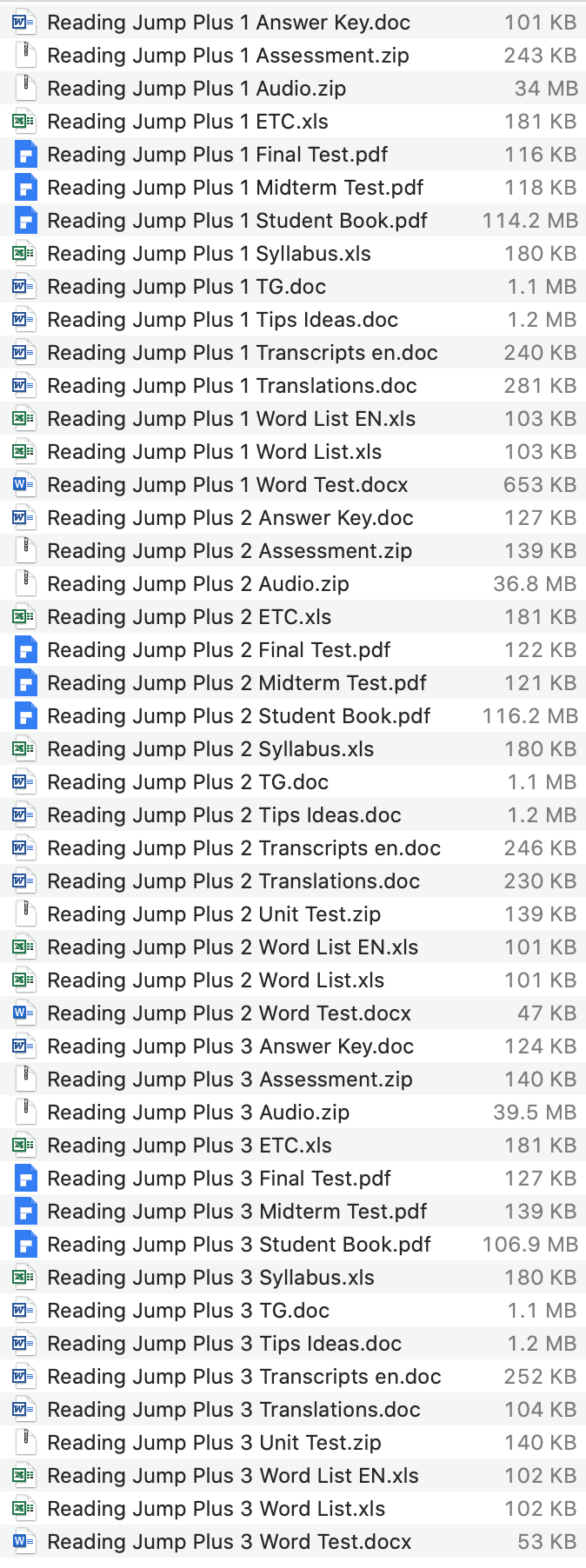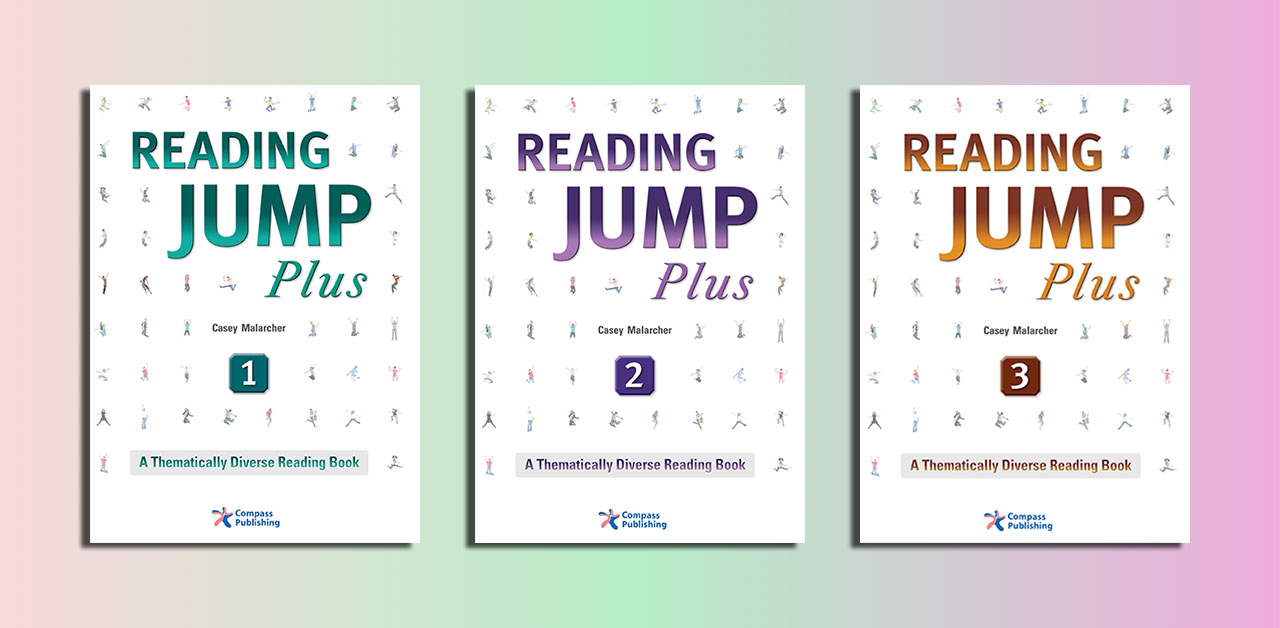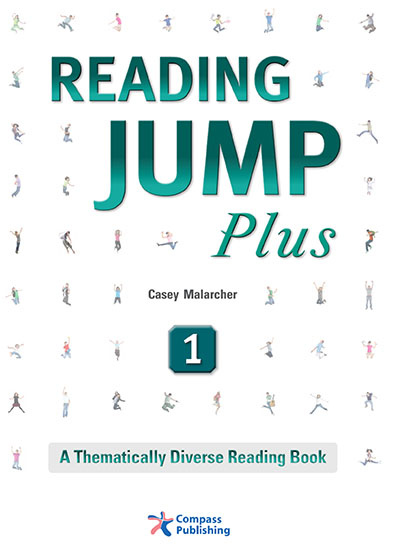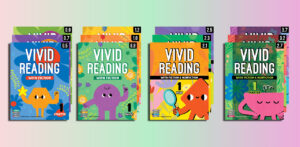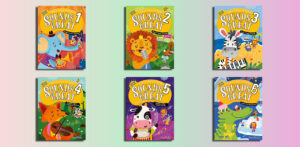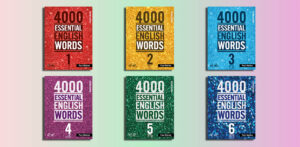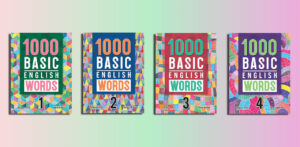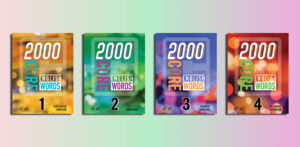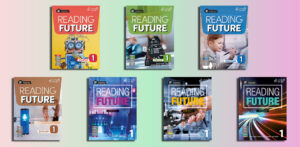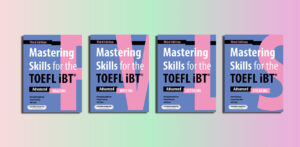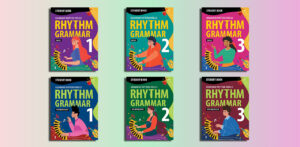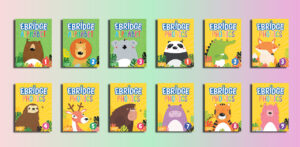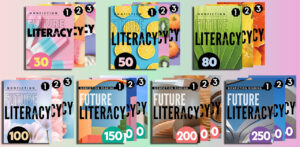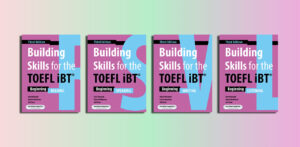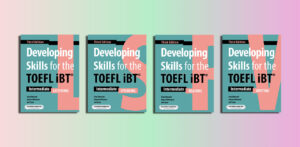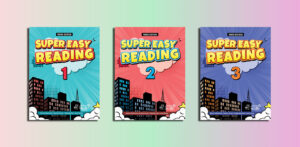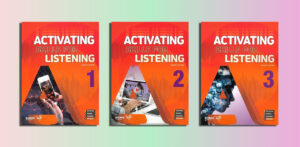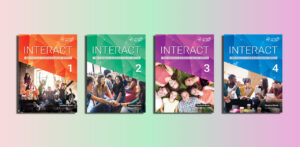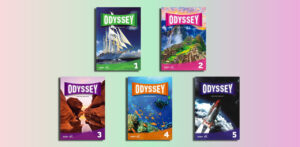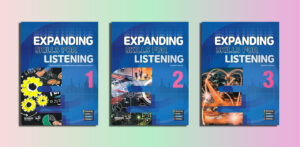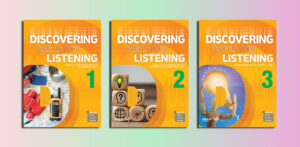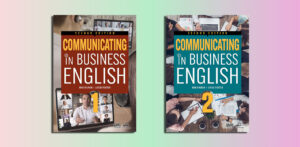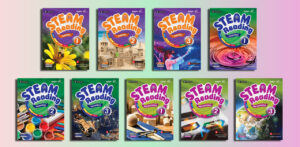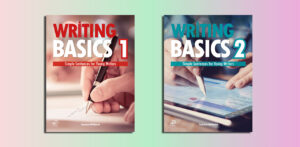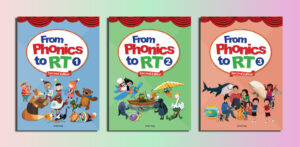Reading Jump Plus (PDFs, Resources)
Level 1 (B1+)
Answer Key – Assessment – Audio – ETC – Final Test – Midterm Test – Student Book – Syllabus – TG – Transcripts – Translations – Word List EN – Word List – Word Test
Reading Jump Plus 1 Student Book.pdf – Sample: Click
Level 2 (B1+ / B2)
Answer Key – Assessment – Audio – ETC – Final Test – Midterm Test – Student Book – Syllabus – TG – Transcripts – Translations – Unit Test – Word List EN – Word List – Word Test
Reading Jump Plus 2 Student Book.pdf – Sample: Click
Level 3 (B2 / B2+)
Answer Key – Assessment – Audio – ETC – Final Test – Midterm Test – Student Book – Syllabus – TG – Transcripts – Translations – Unit Test – Word List EN – Word List – Word Test
Reading Jump Plus 3 Student Book.pdf – Sample: Click
| Name | Price | Buy |
|---|---|---|
| Reading Jump Plus 1 (PDFs, Resources) | $5 | |
| Reading Jump Plus 2 (PDFs, Resources) | $5 | |
| Reading Jump Plus 3 (PDFs, Resources) | $5 | |
| Reading Jump Plus - All 3 Levels (PDFs, Resources) | $12 |
Overview of the “Reading Jump Plus” by Compass Publishing
Contents
| ✅ Coursebook: | Reading Jump Plus |
| ✅ Authors: | Kelly Daniels, Randy Lewis, Scott Lichtenstein, Karl Nordval, April Sanders, Adam Worcester |
| ✅ Publisher: | Compass Publishing |
| ✅ English type: | International English |
| ✅ Levels: | B1+, B2, B2+ |
| ✅ Skill: | Reading |
| ✅ For: | Secondary, Adult |
| ✅ Publication year: | 2016 |
Reading Jump Plus is a three-book reading series developed by Compass Publishing, tailored for high-beginning to intermediate English as a Foreign Language (EFL) learners. Designed as a follow-up to the Reading Jump series, it also functions effectively as a standalone resource, offering engaging and structured content to enhance reading proficiency and foster a love for learning. This article explores the purpose, features, structure, and supplementary materials of Reading Jump Plus, highlighting its value for EFL students and educators.
Purpose of Reading Jump Plus
The primary goal of Reading Jump Plus is to provide additional reading practice for students who have progressed beyond basic reading skills but are not yet advanced learners. The series targets learners seeking to strengthen their comprehension, vocabulary, and critical thinking skills through carefully curated content. Each reading passage is crafted with EFL students in mind, covering diverse themes such as entertainment, art, health, sports, the environment, science, social science, people, culture, nature, and history. These topics are grouped thematically to maintain student interest and provide a broad knowledge base. By limiting the introduction of new vocabulary in each unit, the series ensures that students encounter mostly familiar words, making the reading experience both accessible and confidence-building.
Key Features
Reading Jump Plus stands out for its student-centered design, incorporating several features to engage learners and support their development:
- Engaging Pre-Reading Activities: Each unit begins with a “Before You Read” section, featuring brief introductions that spark curiosity and contextualize the topic. Warm-up questions encourage discussion and activate prior knowledge, preparing students for the reading task.
- Structured Reading Passages: The passages are written in familiar organizational patterns, making them easier to follow for EFL learners. They are carefully graded to match the learners’ proficiency levels, with suggested time limits provided to promote efficient reading.
- Limited Vocabulary Introduction: To avoid overwhelming students, each unit introduces a controlled number of key vocabulary items, which increase gradually in higher-level books. This approach reinforces retention and builds confidence.
- Writing-Based Comprehension Questions: Comprehension checks include four multiple-choice questions to assess understanding of specific details and three open-ended writing questions to encourage deeper analysis and expression.
- Varied Vocabulary Exercises: Alternating exercises throughout the series reinforce vocabulary acquisition through matching activities, definitions, and contextual usage.
- Online Teaching Resources: Educators can access teaching tips for “Think & Write” activities and review tests on the Compass Publishing website (www.compasspub.com), enhancing classroom instruction.
- Audio Support: Playlists for Reading Jump Plus are available on SoundCloud, curated by Compass Publishing, allowing students to listen to the passages and improve pronunciation and listening skills.
Unit Structure
Each unit in Reading Jump Plus follows a consistent, learner-friendly structure to maximize engagement and comprehension:
- Warm-Up: Two content-specific questions stimulate interest and encourage group discussion, setting the stage for the topic.
- Vocabulary Preview: A matching exercise introduces key vocabulary with clear definitions, ensuring students are equipped to understand the passage.
- Before You Read: A concise introduction provides background information and piques curiosity about the topic.
- Reading Passage: The core text is designed for accessibility, with clear language and a suggested time limit to guide reading pace.
- Comprehension Check: A combination of multiple-choice and open-ended questions tests both factual recall and critical thinking, promoting a comprehensive understanding of the material.
Conclusion
Compass Publishing’s Reading Jump Plus is a dynamic and well-crafted series that empowers high-beginning to intermediate EFL learners to improve their reading skills while exploring diverse topics. With its engaging content, structured units, and robust supplementary materials, it is a valuable tool for both students and educators. Whether used in the classroom or for self-study, Reading Jump Plus provides a solid foundation for language development and fosters a lifelong passion for reading.
Reading Jump Plus 1
Who is suitable for “Reading Jump Plus”?
Reading Jump Plus by Compass Publishing is suitable for high-beginning to intermediate English as a Foreign Language (EFL) learners. It is ideal for:
- Students who have mastered basic reading skills and are ready to advance their comprehension, vocabulary, and critical thinking abilities.
- EFL learners seeking engaging, thematically diverse reading material to build confidence and fluency.
- Classroom settings where teachers need structured, accessible resources with supplementary materials like workbooks, audio, and online tools.
- Self-study learners who want to improve reading proficiency through clear, graded passages and interactive apps like BIGBOX.
- Young learners to adults in EFL programs, as the topics (e.g., culture, science, history) appeal to a broad age range.
Reading Jump Plus 2
The benefits of “Reading Jump Plus”
Reading Jump Plus by Compass Publishing offers numerous benefits for high-beginning to intermediate EFL learners and educators:
- Enhanced Reading Proficiency: Graded passages with controlled vocabulary improve comprehension and fluency, building confidence in reading.
- Engaging Content: Diverse themes (e.g., culture, science, history) keep students motivated and broaden their knowledge base.
- Vocabulary Development: Limited new vocabulary per unit, reinforced through varied exercises, ensures retention and practical application.
- Critical Thinking Skills: Open-ended writing questions encourage deeper analysis and self-expression, fostering higher-order thinking.
- Structured Learning: Consistent unit format (warm-up, vocabulary preview, reading, comprehension checks) provides a clear, accessible learning path.
- Interactive Learning: Integration with the BIGBOX app offers engaging activities, progress tracking, and mobile accessibility for modern learning.
- Auditory Support: Audio playlists on SoundCloud enhance listening skills and pronunciation alongside reading practice.
- Teacher Support: Online resources, including teaching tips and review tests, simplify lesson planning and student assessment.
- Flexibility: Suitable for classroom use or self-study, with workbooks and digital tools catering to various learning environments.
- Motivation and Fun: Interactive app features, like earning points and growing avatars, make learning enjoyable and encourage consistent practice.
These benefits make Reading Jump Plus a comprehensive and effective tool for EFL learners and educators aiming to advance reading skills.
Reading Jump Plus 3
Effective learning strategies for “Reading Jump Plus”
To maximize the benefits of Reading Jump Plus by Compass Publishing for high-beginning to intermediate EFL learners, students and educators can employ the following effective learning strategies:
Pre-Reading Engagement:
- Activate Prior Knowledge: Use the “Before You Read” section and warm-up questions to discuss the topic in pairs or groups, connecting it to personal experiences or existing knowledge.
- Predict Content: Encourage students to predict the passage’s content based on the title, images, or introductory text to boost curiosity and focus.
Active Vocabulary Acquisition:
- Preview Vocabulary Actively: Complete the vocabulary matching exercise before reading, then practice using the words in sentences or discussions to reinforce understanding.
- Create Vocabulary Journals: Have students maintain a notebook for new words, including definitions, example sentences, and synonyms, reviewing them regularly.
Strategic Reading Practice:
- Set Time Goals: Adhere to the suggested time limits for reading passages to develop reading speed and efficiency.
- Annotate Texts: Encourage students to underline key ideas, circle unfamiliar words, or jot down questions in the margins to improve comprehension and retention.
- Chunk Reading: Break longer passages into smaller sections, pausing to summarize main ideas before continuing, to enhance understanding.
Post-Reading Comprehension:
- Tackle Comprehension Questions Strategically: Start with multiple-choice questions to confirm factual understanding, then move to open-ended writing questions to practice critical thinking and expression.
- Discuss Answers in Groups: After completing comprehension checks, have students share and justify their answers in small groups to deepen understanding and practice speaking.
Leverage Supplementary Materials:
- Use Audio Resources: Listen to the SoundCloud playlists to practice pronunciation, intonation, and listening skills, following along with the text to reinforce word recognition.
- Incorporate Workbooks: Complete workbook exercises for additional vocabulary practice, dictation, and comprehension reinforcement, using them as homework or in-class activities.
- Engage with the BIGBOX App: Utilize the interactive activities in the BIGBOX app to make learning fun, track progress, and revisit challenging units.
Writing and Reflection:
- Expand on Writing Questions: Treat the open-ended questions as prompts for short essays or journal entries to practice writing skills and articulate thoughts clearly.
- Reflect on Learning: After each unit, have students write a brief reflection on what they learned, what was challenging, and how they can improve, fostering metacognition.
Collaborative Learning:
- Peer Teaching: Pair students to explain vocabulary or summarize passages to each other, reinforcing understanding through teaching.
- Group Projects: Assign groups to research a unit’s theme (e.g., culture or science) and present findings, integrating reading with speaking and research skills.
Regular Review and Reinforcement:
- Revisit Units: Periodically review completed units to reinforce vocabulary and concepts, using the online review tests from Compass Publishing’s website.
- Spaced Repetition: Revisit key vocabulary and concepts at increasing intervals to ensure long-term retention, using flashcards or apps like Anki.
Teacher-Facilitated Strategies:
- Scaffold Instruction: Use the teaching tips from Compass Publishing’s website to guide discussions and tailor activities to students’ proficiency levels.
- Differentiate Tasks: Assign advanced learners additional writing or research tasks while providing extra vocabulary support for struggling students.
- Monitor Progress: Use the BIGBOX app’s progress-tracking features and review tests to assess student performance and adjust instruction accordingly.
Motivate and Personalize:
- Set Personal Goals: Encourage students to set specific goals (e.g., mastering 10 new words per week or improving reading speed) to stay motivated.
- Connect to Interests: Relate unit themes to students’ hobbies or goals, such as discussing sports passages with athletes, to increase engagement.
- By combining these strategies, students can fully engage with Reading Jump Plus, improving their reading, vocabulary, and critical thinking skills while enjoying the learning process. Educators can adapt these approaches to suit classroom dynamics, ensuring effective and tailored instruction.
Effective teaching strategies for “Reading Jump Plus”
To effectively teach Reading Jump Plus by Compass Publishing to high-beginning to intermediate EFL learners, educators can implement the following targeted teaching strategies to enhance engagement, comprehension, and language development:
Scaffolded Lesson Planning:
- Structure Lessons Clearly: Design lessons around the unit’s consistent format (warm-up, vocabulary preview, reading, comprehension checks). Begin with the “Before You Read” section to set context, followed by vocabulary, reading, and discussion.
- Use Teaching Tips: Leverage the teaching guides on Compass Publishing’s website to tailor activities, especially for the “Think & Write” sections, ensuring alignment with students’ proficiency levels.
Interactive Warm-Ups:
- Facilitate Group Discussions: Use the warm-up questions to spark group or pair discussions, encouraging students to share ideas and connect the topic to their experiences.
- Incorporate Visuals: Display images or short videos related to the unit’s theme (e.g., nature or culture) to stimulate interest and provide visual context.
Targeted Vocabulary Instruction:
- Pre-Teach Vocabulary: Guide students through the vocabulary preview exercise, modeling pronunciation and providing additional examples of word usage.
- Reinforce with Activities: Supplement the matching exercise with games like vocabulary bingo or word walls to make learning memorable and interactive.
Guided Reading Techniques:
- Model Active Reading: Read the first passage aloud, demonstrating how to identify main ideas and key details, then gradually release responsibility to students.
- Chunk and Discuss: Break longer passages into sections, pausing to check comprehension or clarify unfamiliar terms, ensuring all students stay on track.
- Set Time Limits: Enforce the suggested reading time limits to build reading fluency, adjusting as needed for varying proficiency levels.
Differentiated Comprehension Activities:
- Mix Question Types: Use the multiple-choice questions for quick comprehension checks, then guide students through open-ended questions to develop critical thinking and writing skills.
- Support Struggling Learners: Provide sentence starters or graphic organizers for open-ended questions to help lower-level students articulate responses.
- Challenge Advanced Learners: Assign extension tasks, such as writing a short essay or researching the unit’s topic further, to deepen engagement.
Incorporate Supplementary Materials:
- Utilize Audio Resources: Play the SoundCloud playlists during class to integrate listening practice, having students follow along or repeat key phrases to improve pronunciation.
- Assign Workbook Tasks: Use the accompanying workbooks for homework or in-class reinforcement, focusing on vocabulary, dictation, and comprehension exercises.
- Leverage the BIGBOX App: Integrate the BIGBOX app into lessons, assigning interactive tasks as classwork or homework and reviewing student progress via the app’s tracking features.
Foster Collaborative Learning:
- Pair and Group Work: Organize pair activities for vocabulary practice or group discussions for comprehension questions to promote peer learning and speaking practice.
- Jigsaw Reading: Divide the passage into sections, assigning each group a part to summarize and present to the class, encouraging teamwork and accountability.
Encourage Writing and Reflection:
- Guide Writing Responses: Teach students how to structure responses to open-ended questions, emphasizing clear topic sentences and supporting details.
- Incorporate Journals: Have students write brief reflections after each unit, summarizing what they learned or connecting the topic to their lives, to reinforce learning.
Regular Assessment and Feedback:
- Use Review Tests: Administer the online review tests from Compass Publishing’s website to assess progress and identify areas for improvement.
- Provide Constructive Feedback: Offer specific feedback on comprehension and writing responses, highlighting strengths and suggesting actionable improvements.
- Track Progress: Monitor individual and class performance using the BIGBOX app’s analytics or workbook results to adjust instruction as needed.
Motivate and Personalize Learning:
- Celebrate Progress: Recognize student achievements, such as mastering vocabulary or improving reading speed, to boost motivation.
- Connect to Student Interests: Tailor discussions or extension activities to students’ hobbies or cultural backgrounds, making units like sports or culture more relevant.
- Gamify Learning: Use the BIGBOX app’s point system and avatar growth to create friendly competitions, encouraging consistent engagement.
Adapt for Diverse Classrooms:
- Differentiate Instruction: Offer additional support (e.g., simplified explanations) for beginners and challenging tasks (e.g., debates on the topic) for intermediate learners.
- Incorporate Multilingual Strategies: Allow students to briefly discuss concepts in their native language during pair work to clarify complex ideas, then transition to English.
- Flexible Delivery: Use a mix of in-class, hybrid, or remote teaching methods, leveraging digital tools like the BIGBOX app for accessibility.
By implementing these strategies, teachers can create a dynamic and supportive learning environment that maximizes the effectiveness of Reading Jump Plus. These approaches cater to diverse learner needs, promote active engagement, and ensure steady progress in reading, vocabulary, and critical thinking skills.

